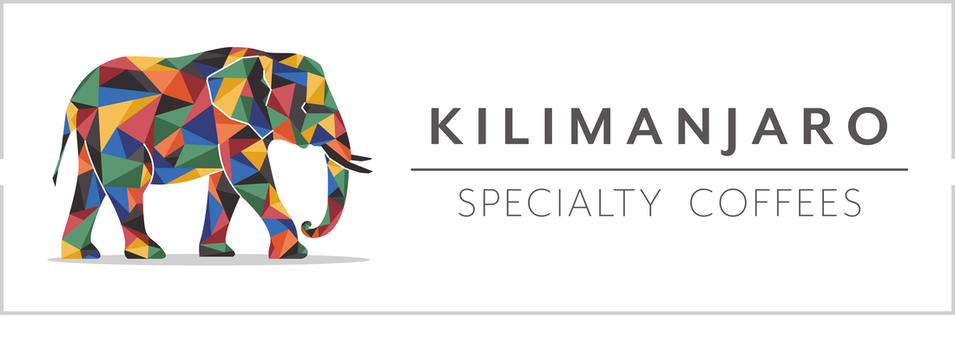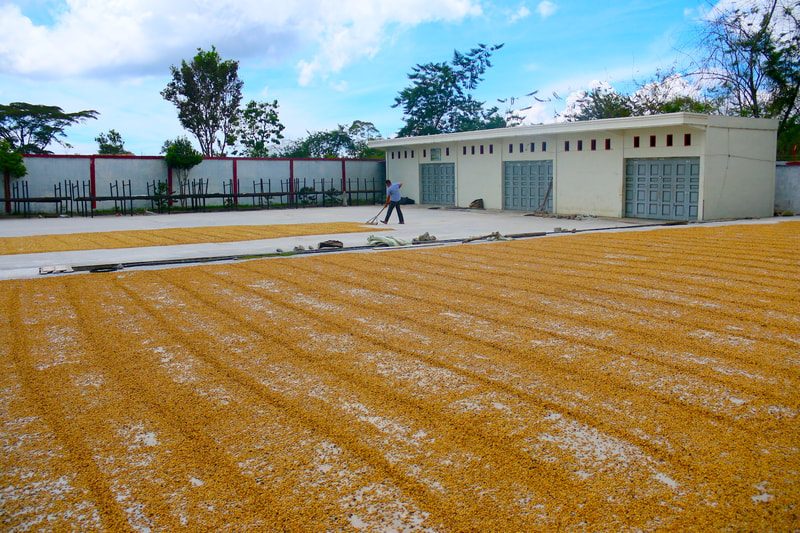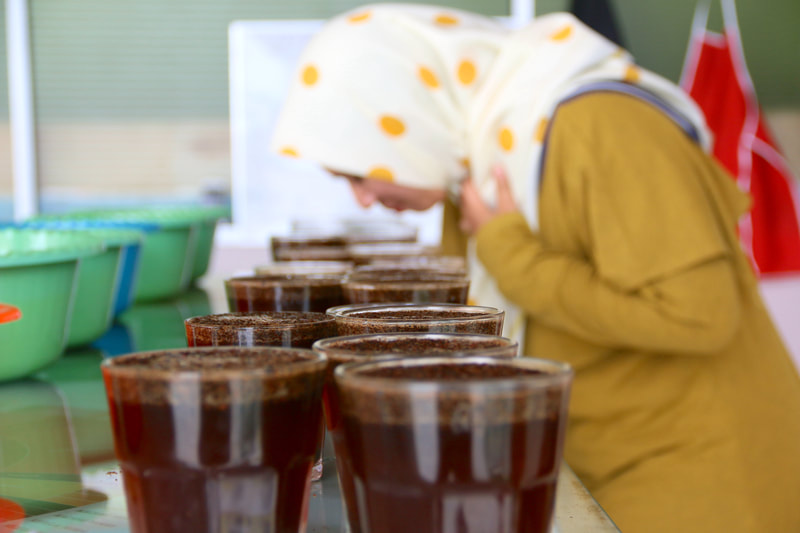SUMATRA BIES AWAN
General Information
|
Origin: Sumatra, Indonesia
Region: Gayo, Aceh Village: Bies Cooperative: PT. Ihitiyeri Keti Ara Washing Station: Various Farmers: 350 active members (140 female, 210 male) Cultivars: Tim Tim & Ateng Altitude: 1.300 - 1.500 masl Process: Giling Basah (Wet Hulled) Harvest: Sep - Nov 2023 Cherry Price | FOB Price: 5.46 USD/kg | 7.64 USD/Kg Screen | Moisture | Density: 17+ | 12.3 % | 0.689 g/ml Packaging: 60 Kg w/ GrainPro Score: 86,1 Notes: Melon, chocolate, nutmeg, cedar |
|
GILING BASAH PROCESS
BIES VILLAGE LOCATION
|
WHERE WE ARE
Barcelona, Spain Santiago, Chile Budapest, Hungary |





